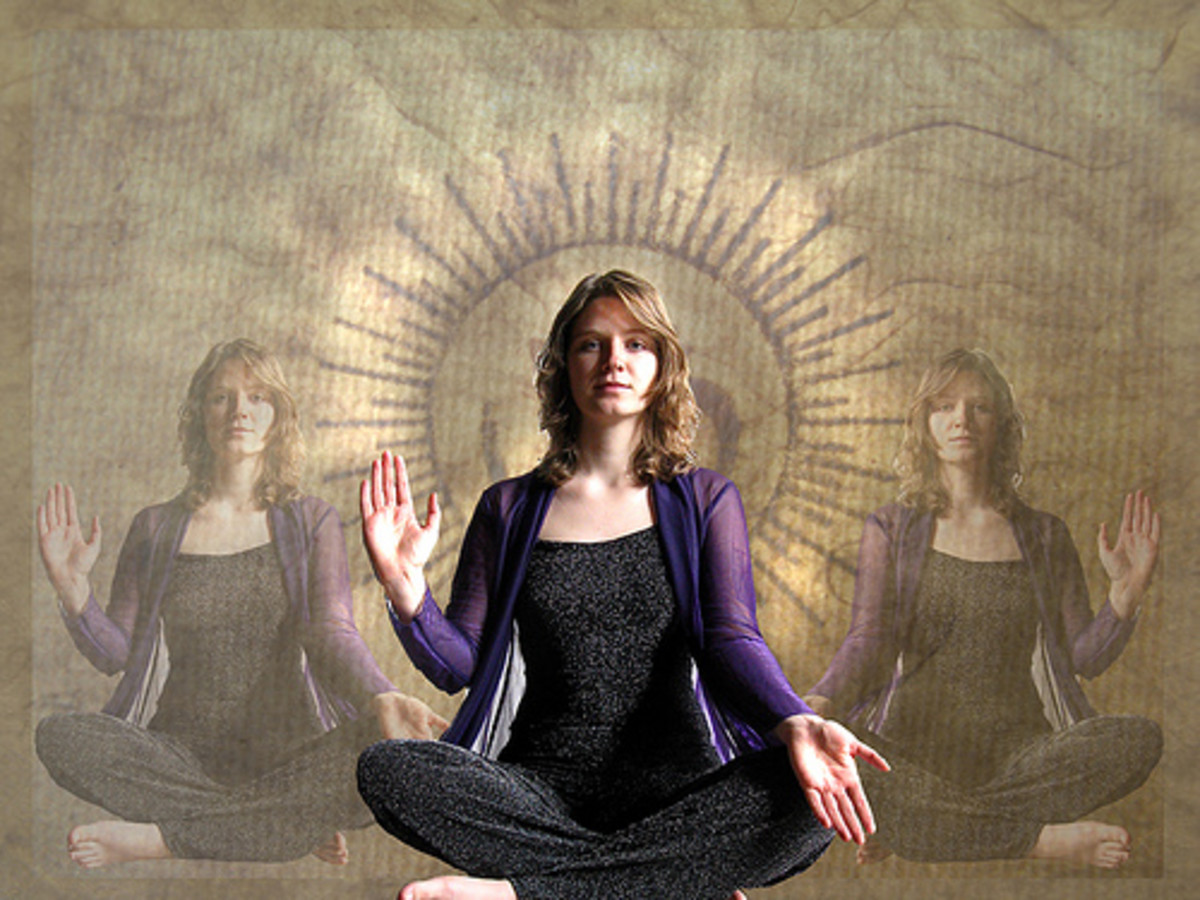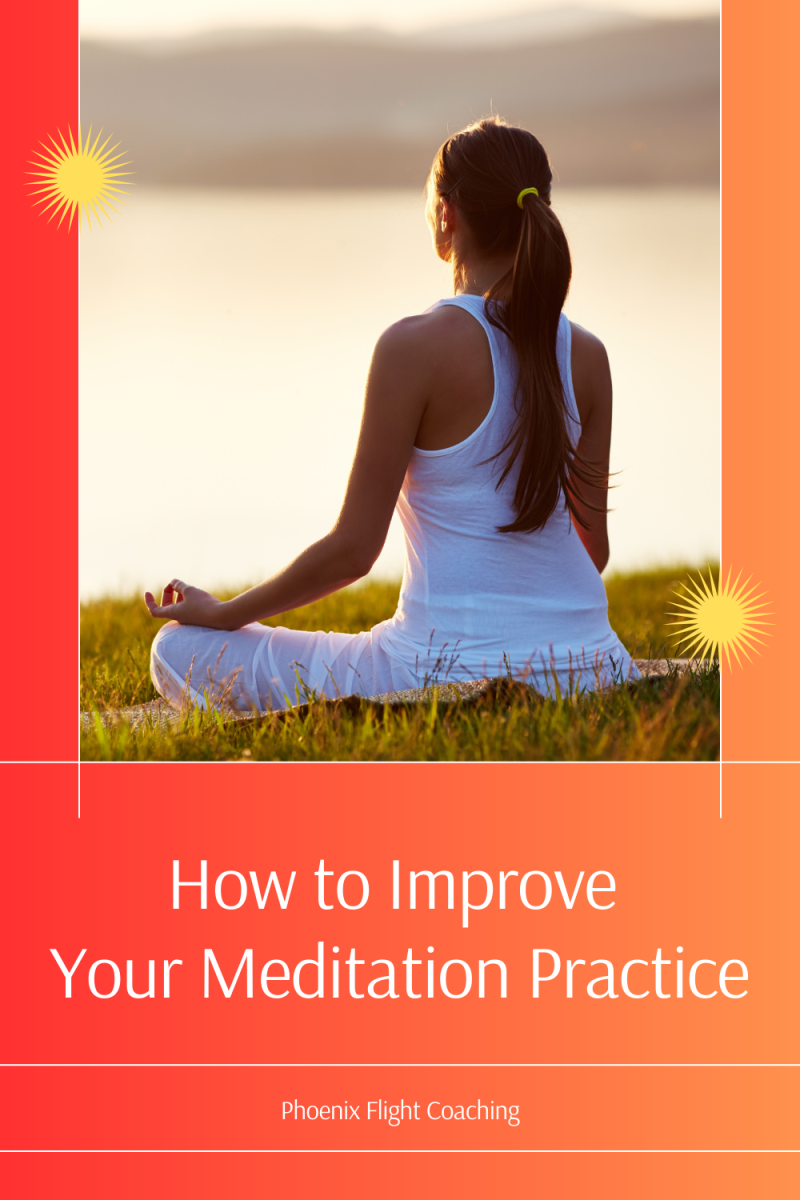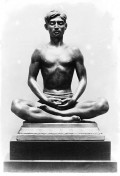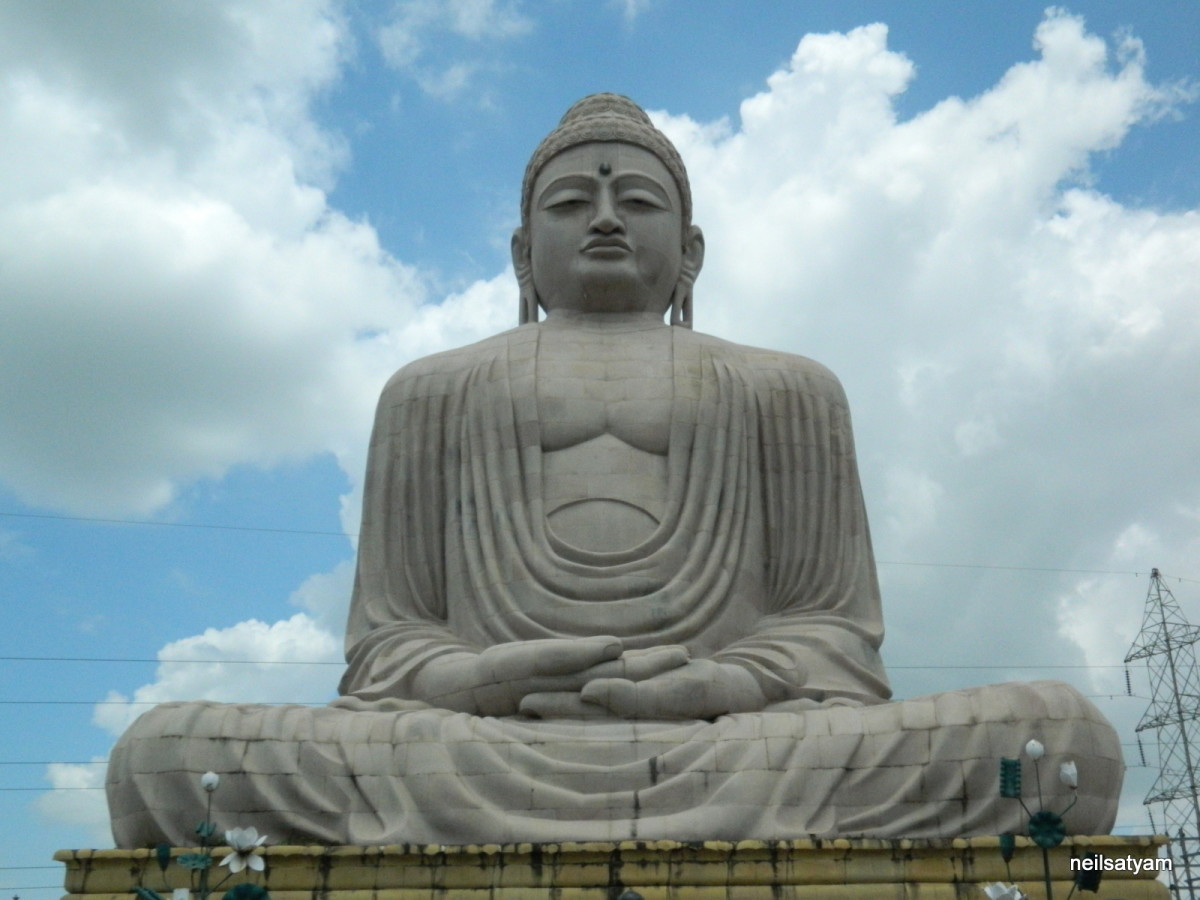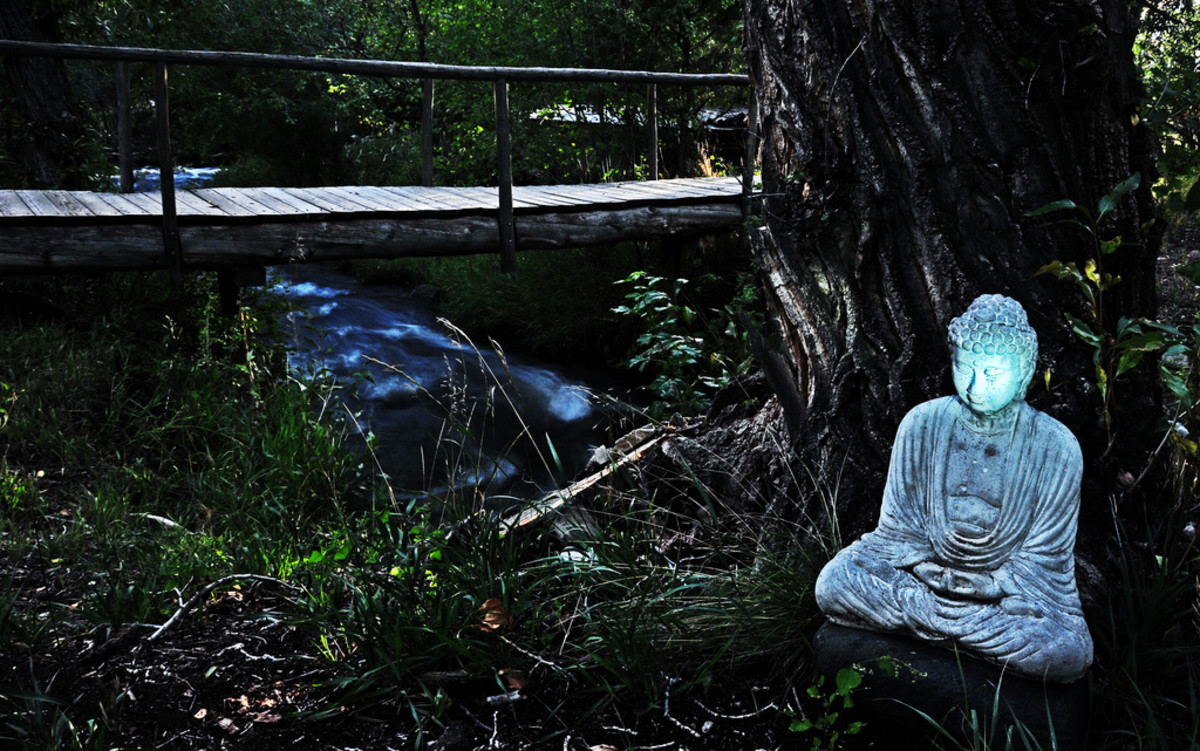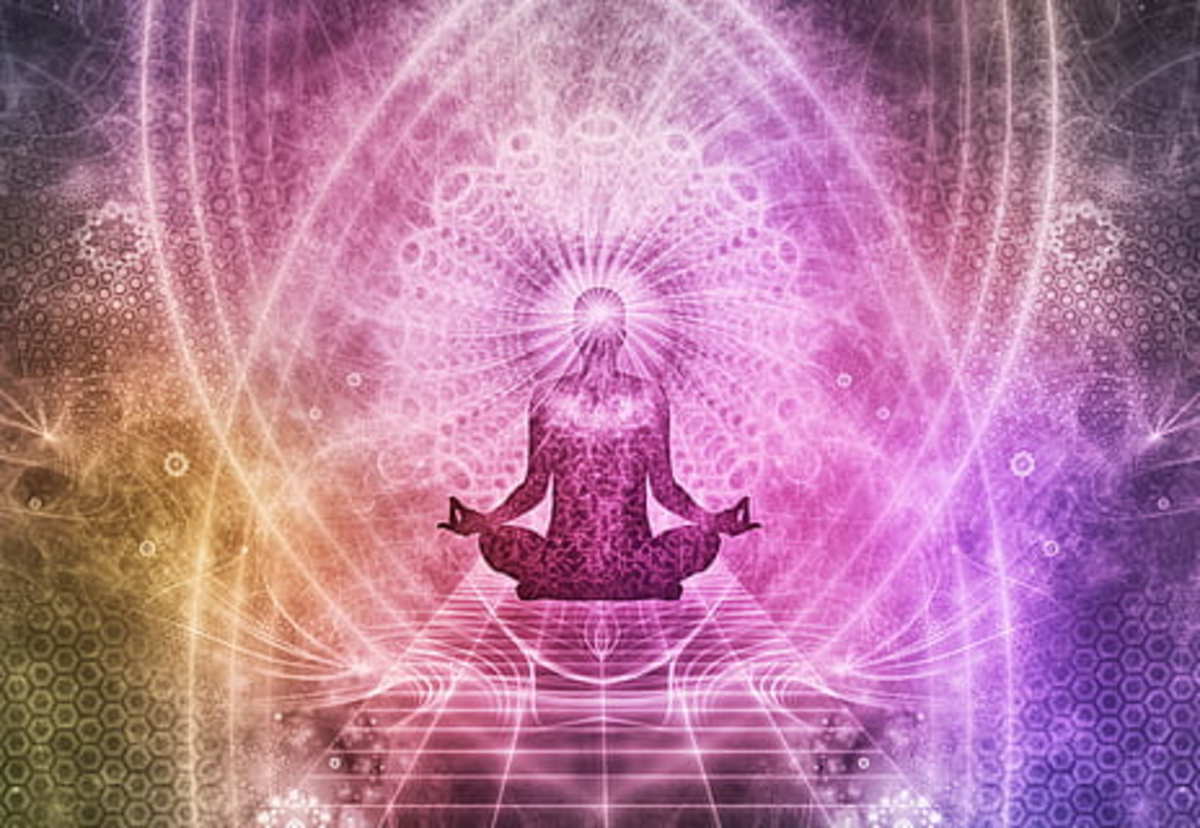What Are the Health Benefits of Meditation?
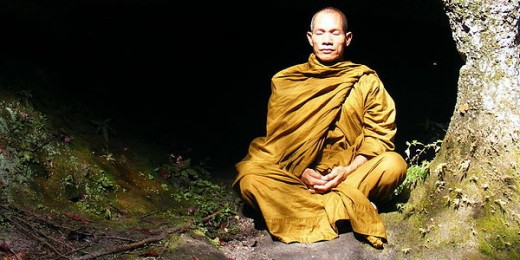
Have You Ever Meditated?
Yoga Curbs Stress
Every person experiences and handles stress in another way and therefore is stress highly subjective.
The term stress is invented by Selye in 1936 - a Doctor in Medicine and Chemistry, who defined stress as “a non-specific response of the body to any demand for change”. He defined negative impulses as "distress" and positive impulses as "eustress".
Stress is a many-headed monster that has impact on the physical and mental condition. On the short term it limits the problem solving capabilities of the brain. On the long-term it can cause many mental diseases, depending on the stress level, like depressions and burn-out. It can even change permanently the behaviour of the brain.
Quiet the mind and the Soul will speak.
— BuddhaThe Always 'Thinking' Brain
An important indicator of the level of stress are the muppets in your head. It might sound unbelievable, but almost everyone has a certain degree of PTSD, and PTSD is one of the most important drivers of stress and muppets in your head. With meditation you can learn to control this.
The muppets are constantly judging, deliberating and perhaps even insulting people silently.
When this is not the case your brain might think about your happy events yesterday, what you have to do tonight and tomorrow, your problems, your debts, your job, your boss, your partner, your children, etcetera.
Your brain tries to solve problems by using only a tiny piece, not capable finding simple solutions. A constant working brain can result in brooding behaviour or even end in depressions.
Relaxing the brain can be tremendously liberating.
Brain Activity
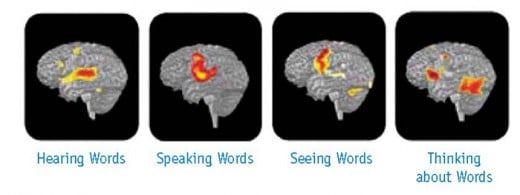
Staring is in Fact An Emergency Procedure
All people have their moments of staring, mostly short. Staring is an emergency procedure of the brain to relieve it from stress or the constant occupation. When someone has the ability to relax after moments of stress he/she mostly starts to stare.
The brain shut itself down for a moment. The more a person has the desire to stare the more meditation becomes necessary.
With staring, the brain shuts itself off from external stimuli. Most promptings boil up after staring. For a short moment the brain used more of its capacity.
Meditation is the ultimate form of staring, best done in full retreat, without any external stimuli.
Repetitive Tasks Relaxes the Brain
Simple repetitive tasks that requires low concentration relaxes the brain. Tasks like simple assemblies or simple gardening can be very inspiring. Luminous ideas can boil suddenly up.
Performing simple repetitive tasks is a simple form of meditation.
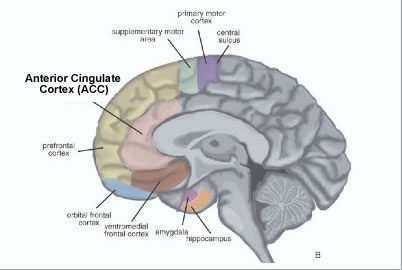
A Quiet Mind Has a Higher Capacity
The quintessence of mediation is quieting your mind, which requires daily practice. Most people are used to react mostly on external impulses, called outside-inside, that limits the capabilities of the brain.
A quiet brain works inside-outside which makes a person able to be more authentic with his/her own unique personality.
Recent scientific research has shown that one of the positive side effects of meditation is that it enables the brain to switch off parts that are linked with neurological disorders like Depressions, ADHD, Alzheimer's, Autism, Schizophrenia and Post-traumatic stress disorder (PTSD).
Other scientific research has already shown that experienced meditators have larger active area's in the frontal lobes and higher amount of synapses (connections) in the anterior cingulate cortex (ACC) that controls a wide variety of tasks like cognitive and emotional tasks.
Meditation has many positive effects on the brain, the general mental health and the subsequent the physical health.
Bad Moods
You should give it a try, when being in a bad or sad mood, discipline yourself to go at least 10 to 15 minutes in meditation, emptying your brain from bad emotions.
After this you feel happier and you'll notice your brain is released from the negative emotions of before. A short nap doesn't have the same effect, it can even make it worse.
This is a short-term effect of meditation.
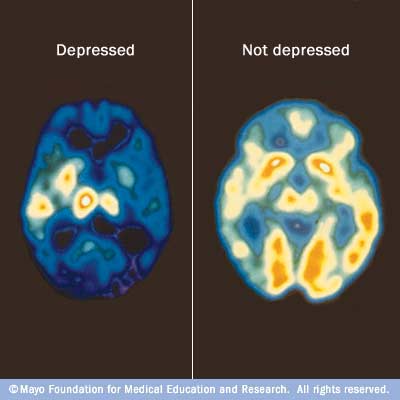
The Basics of Meditation
When you're starting to meditate you need to have in any case an absolute quiet surrounding. You can meditate on a chair or on the ground in the lotus position if you want this. The lotus is certainly not necessary for better results.
Important is to follow the basic rules when sitting on a chair: straight back, straight neck, knees at right angles, feet straight and solid on the ground, palms open upwards on your upper legs.
Pointing your eyes slightly upward is very important, for it prevents you from falling asleep or going into a more subconscious mode - where according to many masters, the darkness wanders. Meditating is all about quieting your brain in your superconscious mode. This is the punch line of meditation and finally after years of long practice self-realisation.
Experienced meditators can practice nearly everywhere, but it takes long practice to become in a deeper state of meditation and only after this it becomes easier to meditate in a more noisy surrounding.
Links
- Free Online Meditation Course | Learn meditation online!
This is one of the best websites about meditation that offers good information and a very good online course.
Chanting and Affirmations
Chanting is all about singing simple texts that becomes more repetitive and softer to the end. The end of the chant is the start of the meditation session.
The sense of chanting is calming down your mind before going into mediation.
Personally I don't like the chanting. It's too religious for me, I'm scared that my brain is slowly reprogrammed into a disciple of some scary religion. What works for me is the so called simple Pranayama technique - this is breathing very consciously and deep through abdominal breathing.
Affirmations are very powerful. It enables you to reprogram your own brain and to become whatever you want to be. In my opinion only you can determine the proper affirmations that fit to you at the current time, as long as they comply with your Soul standards and values.
Hong-Sau Technique
The Hong-Sau technique to deepen your meditation. 'Hong' means 'Ego' and 'Sau' (say So) means 'Spirit'. It is simple and effective.
Point your eyes a little bit upward between the eye brows.
The respiration goes through nose only. You focus on this respiration, the cold inhaled air and warm exhaled air. Focus strongly on this airflow, feel it going. When you notice your breath is slowing down, make it square. With square I mean, make the time cycle of inhalation-hold breath-exhalation-hold breath equal, for example 6-6-6-6 seconds or even more slowly if you're able to do this. The slower (and conscious) your breathing becomes, the more powerful your meditation becomes.
Stop this counting and let your breath go totally naturally and say in your mind 'Hong' at inhalation and 'Sau' at exhalation. Say it as long as every inhalation and exhalation. You can even imagine ancient monks singing this, with low voices. Do this also 6 to 10 times.
This will result in a deeper meditation. It can take weeks to become in deeper meditation. The best tip I can give is do it daily at least 20-30 minutes and just continue.
During meditation thoughts will slip into your mind. Just focus on your breath again and it will bring you back to calmness. Keep pointing your eyes slightly upward, this is very important.
The first weeks you can have slight headaches due to meditation. This is caused by the enormous energy that is generated in your brain and also the reorganization of your brain. It will go away after a few weeks.
1.
| Calm environement, sit in a steady position, palms up, sit still.
|
2.
| Breath through your nose, concentrate on the airflow - cold in, warm out.
|
3.
| After you notice your respiration is calm and slow, make it square*
|
4.
| Say 'Hong' as long as the inhale takes, and 'Sau' as long as the exhale takes.
|
5.
| Slide down in deeper meditation.
|
*with square I mean inhale, hold, exhale, hold take the same time for example 6 seconds, together a cycle of 24 seconds.
Imagination
Nice experiments to do during meditation are the following imaginations:
- Standing sideways to your waist in the sea, every time waves little bit move your body;
- Standing in a flowing river up to your neck. The water flows everywhere, you feel it. You keep just standing on the same place.
These two metaphors are flexibility (waves) without being swept away and inherency (river) in a stream of opinions and emotions. These practices can be very strong and can bring you in much deeper meditation.
The best meditations take place in total stillness and your brain. Once your able to come to this point two times a day, you'll travel with the speed of light.
Kriya Yoga
One of the most powerful Yoga techniques is the Kriya Yoga. This technique is officially passed only through initiated teachers, of course only against payments which is principally wrong.
It is not as difficult as it appears - the clue is to become nearly breathless for a period of time, that's all.
If you notice that you develop a natural ability to become breathless without any techniques, you don't need any techniques at all - you are in this case your own guru.
Conclusion
Meditation has last years the full attention of science. It appears to be much more effective than ever thought on preventing many mental disorders. It is also beneficial on the general health.
Most people see it as a selfish (I need quiet) and passive way to kill-time (you're doing nothing, better do something useful). Meditation is a very powerful technique to develop your brain. To become an experienced meditator is not as easy as it looks, it requires long practice, discipline and dedication. After a few weeks you're already rewarded with a much calmer brain that's able to focus much easier. The results are not 10 or 20% better, it makes a difference of 200% or even more.
Combining this with Yoga is possible, but it's not necessary, although calming down your body with Yoga gives more comfort to the brain, which affects the overall quality of the meditation.
For me it's important to cut off every dogmatic practice or believe that often wanders around meditation groups.
© 2013 by Buildreps

